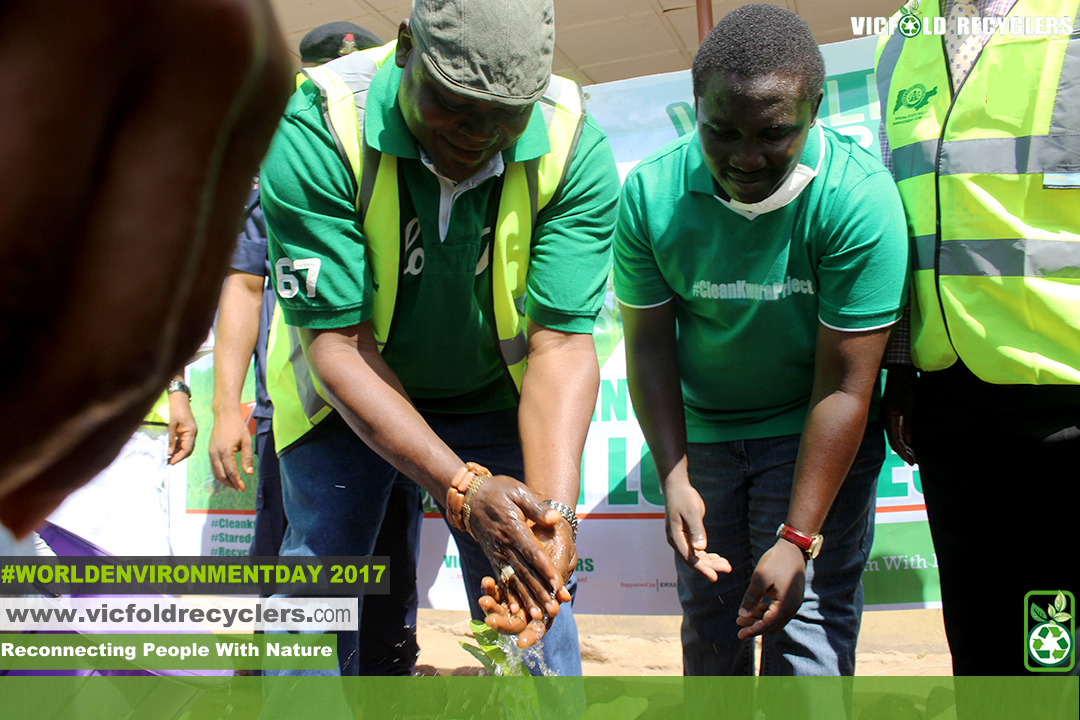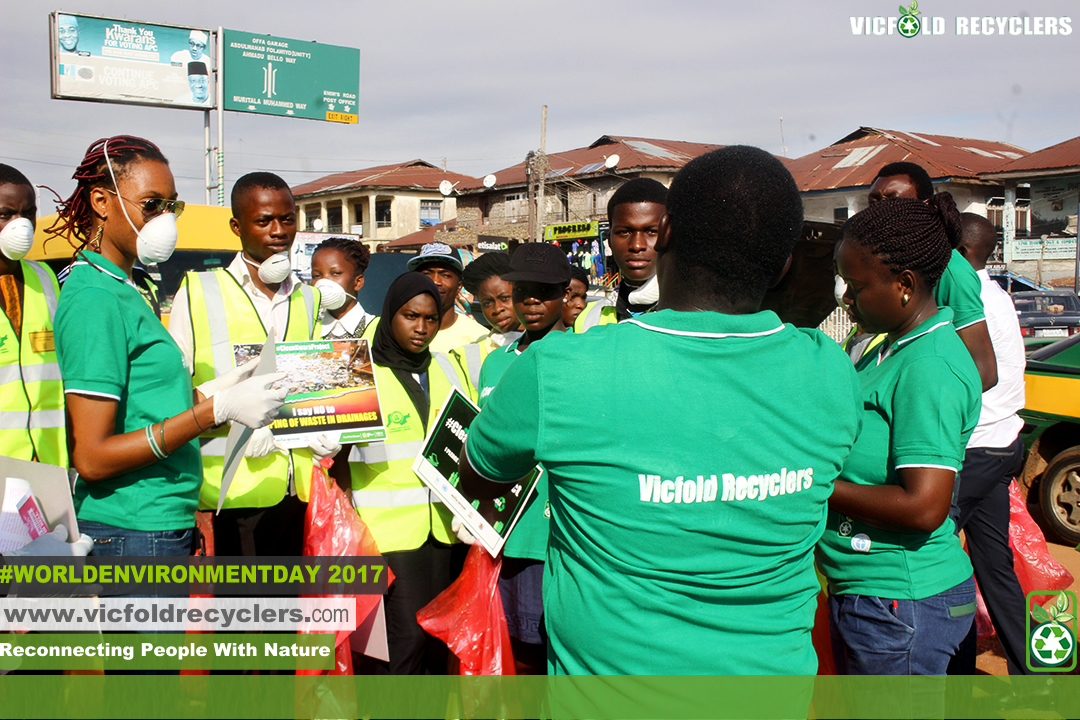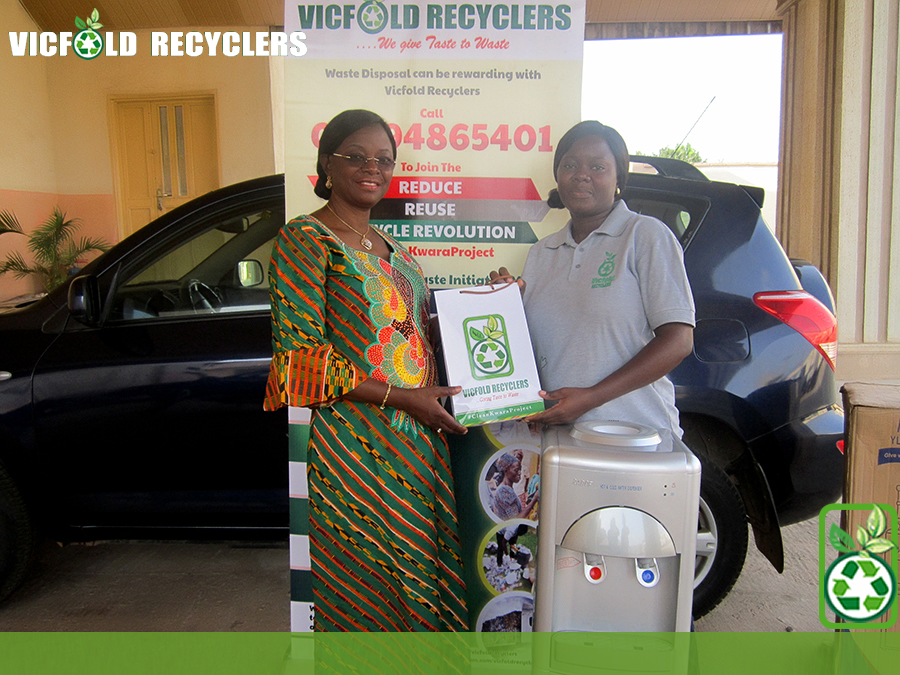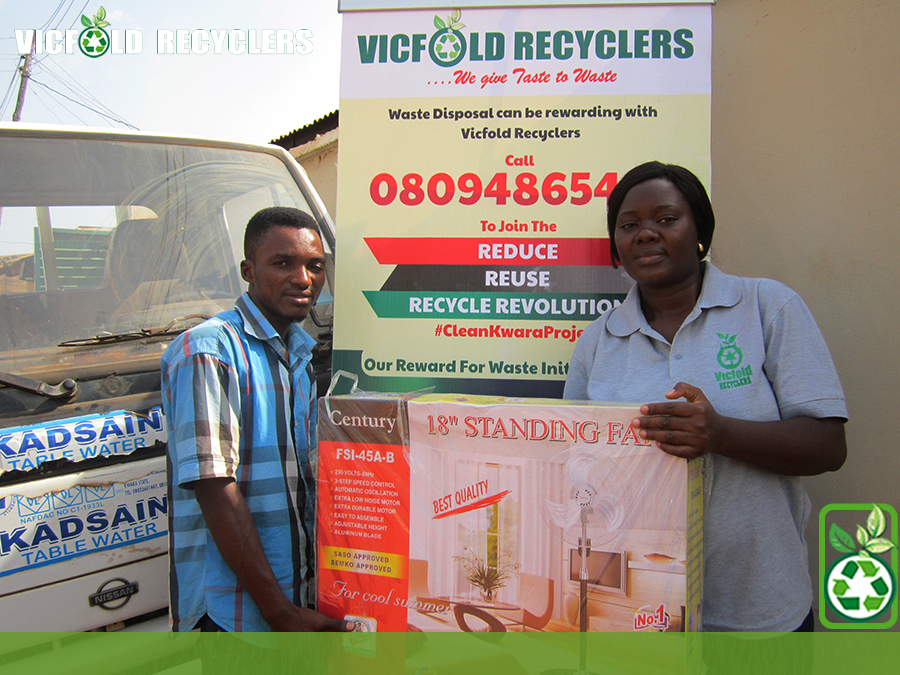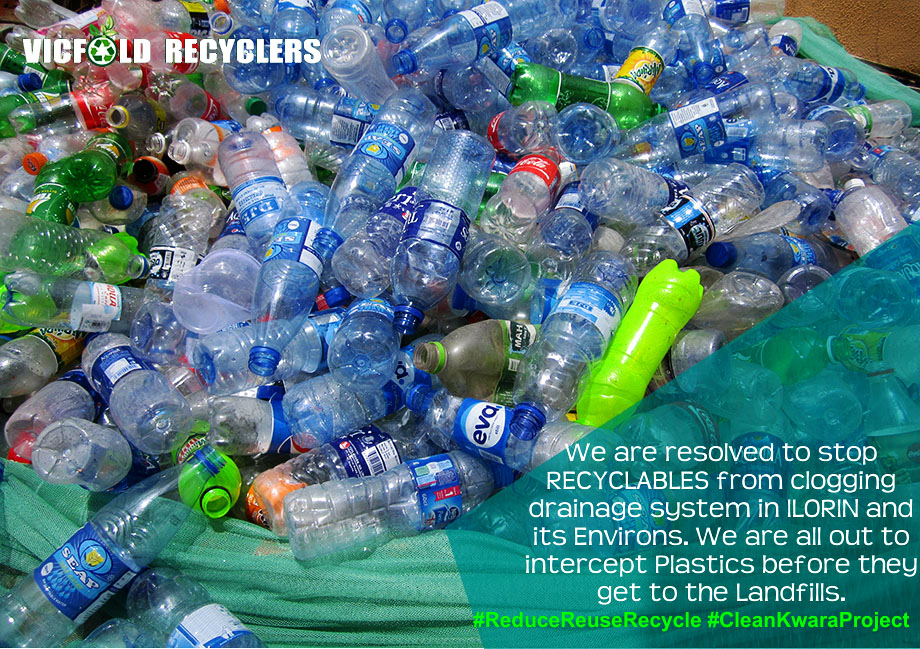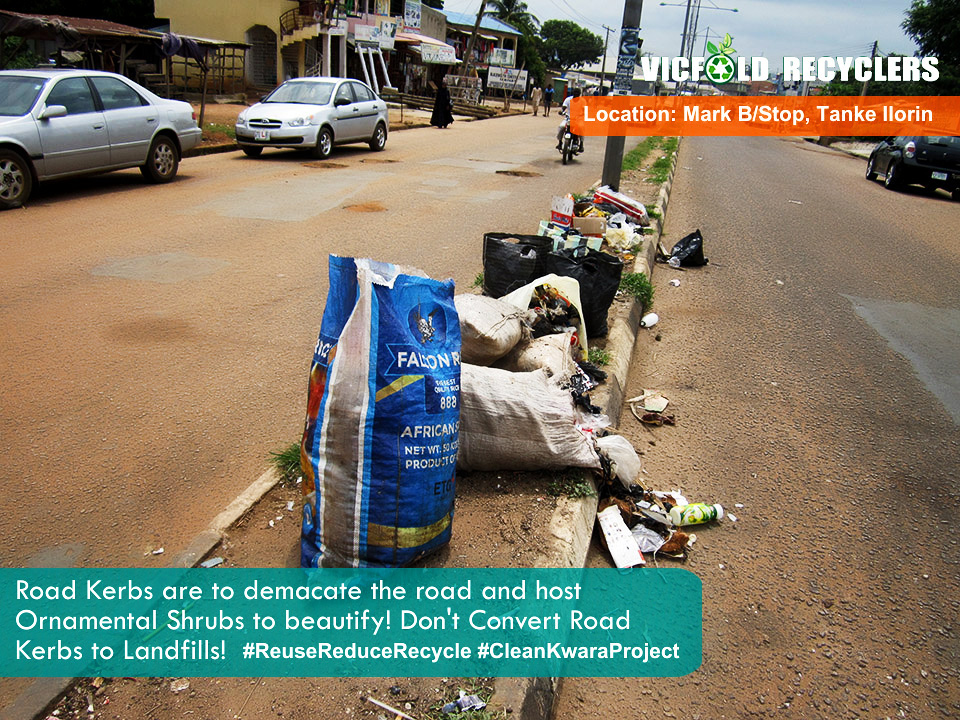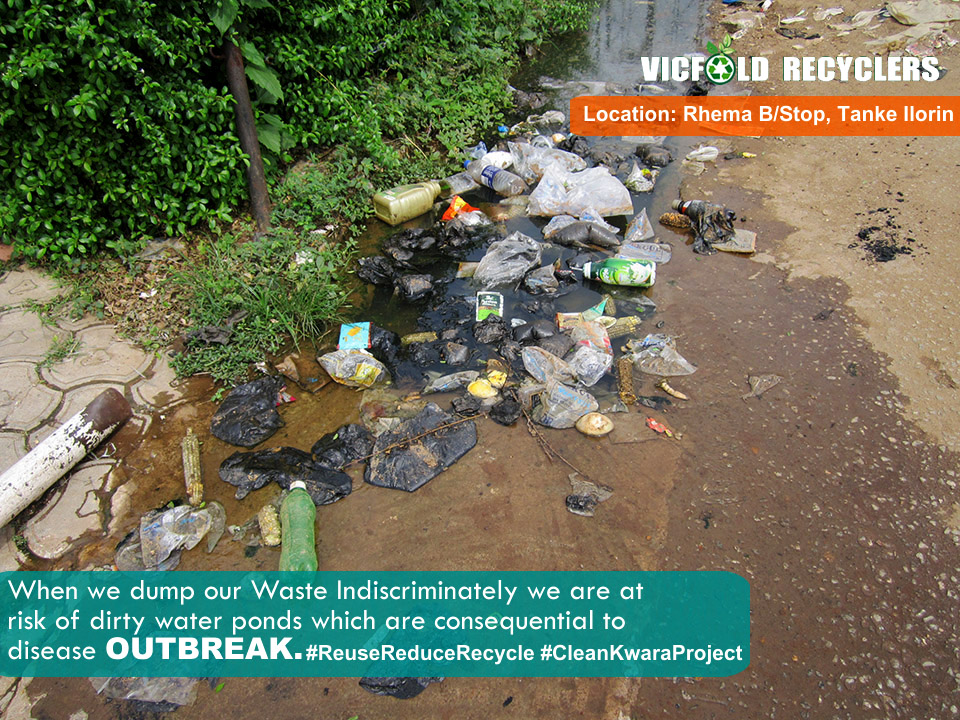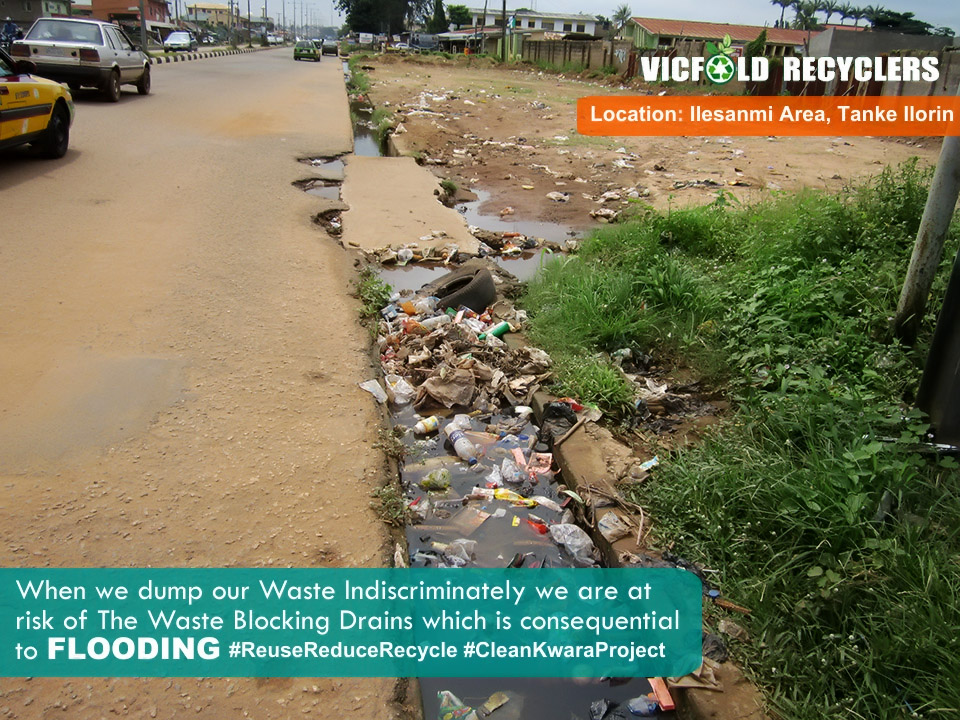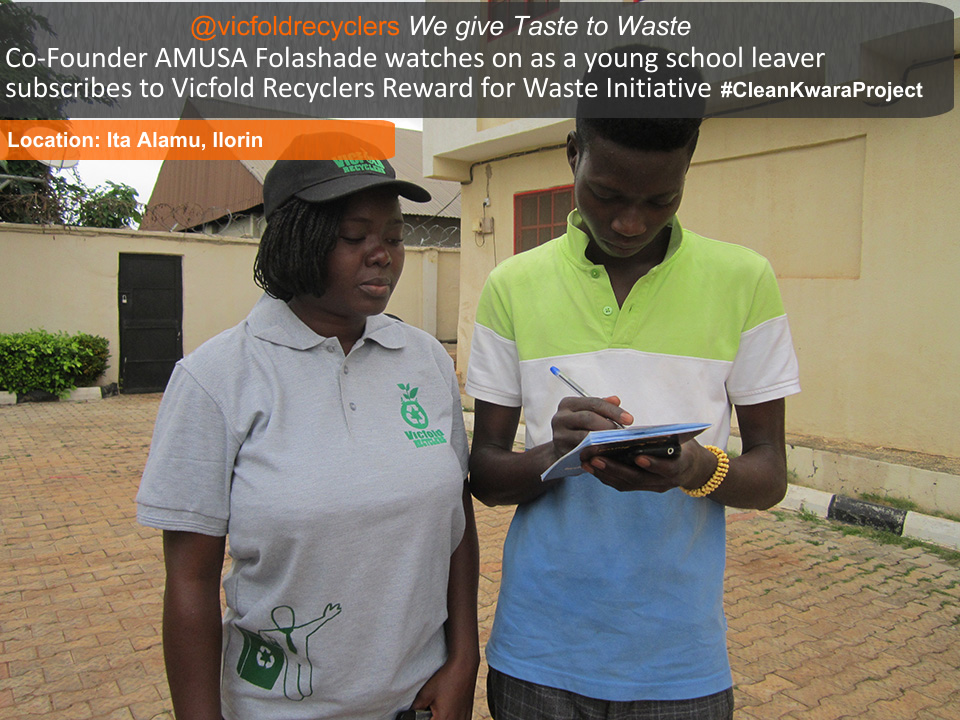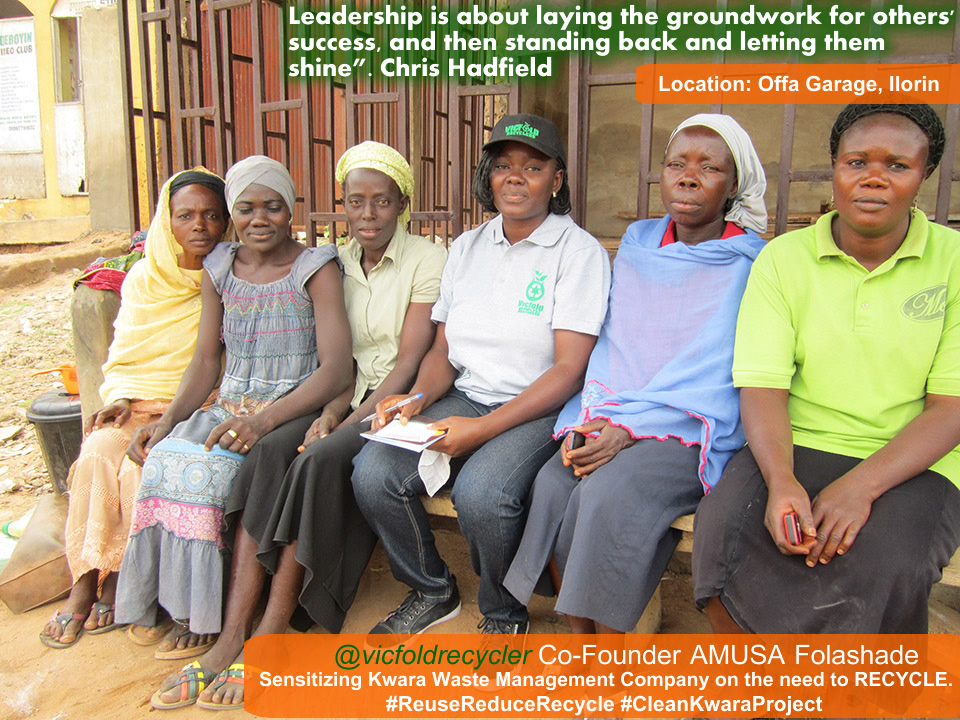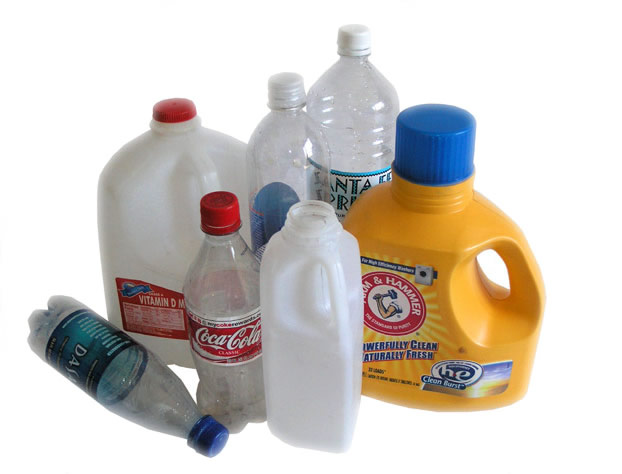
- By Tri-Cor from ggn.com
- Posted On 2016/08/16
Plastics Recycling
Plastics are recycled into many different products. They can be reprocessed into post consumer resin, which can become pallet covers, and trash bags. They can also be reprocessed into products ranging from fleece pullovers, railroad ties, and tooth brushes.
Plastics are divided into seven general categories:
Plastic #1: Polyethylene Terephtalate, also known as PETE or PET. Usually clear in color, the vast majority of disposable soda and water bottles are made of #1 plastic. This plastic is considered generally safe and is picked up by most curbside recycling programs. However, the porous nature of its surface allows bacteria and flavor to accumulate, so avoid reusing these bottles as makeshift containers.
Plastic #2: High-density polyethylene, or HDPE. Most milk jugs, detergent bottles, juice bottles, butter tubs, and toiletries bottles are made of HDPE. Usually opaque in color and picked up by most recycling programs. This plastic is considered safe and has low risk of leaching.
Plastic #3: Polyvinyl chloride, or PVC. It is used to make food wrap, bottles for cooking oil, and the highly common plumbing pipes. PVC, although tough in terms of strength, it is not considered safe to cook food near it. PVC contains softening chemicals called phthalates that interfere with hormonal development. Never cook using food wrap, especially in a microwave oven. This plastic is rarely accepted by recycling programs.
Plastic #4: Low-density polyethylene (LDPE) is used to make grocery bags, some food wraps, squeezable bottles, and bread bags. While considered safe it is unfortunately not often accepted by curbside recycling programs.
Plastic #5: This is polypropylene. Common items produced with it include yogurt cups, medicine bottles, ketchup, syrup bottles, straws and similar wide-necked containers, as well as water bottles with a cloudy finish. This plastic is also considered safe, and is increasingly being accepted by curbside recycling programs.
Plastic #6: Polystyrene, or Styrofoam, from which disposable containers and packaging are made. Also found in disposable plates and cups. Overwhelming evidence suggests that this type of plastic leaches potentially toxic chemicals, especially when heated. Try to avoid the use of #6 plastic as much as possible. It is difficult to recycle and most recycling programs won’t accept it.
Plastic #7: This category basically means “everything else†and is composed of plastics that were invented after 1987 – the use of plastic in this category is at your own risk since you don’t know what could be in it. Polycarbonate falls into this category, including the highly toxic BPA. Products produced include baby and water bottles, sports equipment, medical and dental devices, CD’s, DVD’s, and even iPods. It is wise to dispose of any food or drink related product that is known to contain BPA. It is difficult to recycle #7 plastic and most curbside recycling programs won’t accept it.
The Process
1. Bailing
Plastic is baled with other similar types of material.
Plastic is then hauled off to a recycling facility where it begins its transformation and crushed into bales with other plastics of its type.
2. Shipping
The bales are sold and shipped to be processed.
The bales are sold and shipped to reclaimers, which are companies that process the recycled plastic. Material Recovery Facilities can sell the bales at a higher price if the material is clean. The cleaner the material, the better the market value and the more cost-effective it may be to recycle and repurpose plastic. Make sure you remove any excess food/waste scrap and rinse out your recyclables. Keep bags and film clean and dry.
3. Flaking and Melting
The bags and film packaging are shredded in flakes and melted.
The bales are torn up and the pieces are shred into tiny flakes. After a quick wash, rinse and dry, the flakes are melted together.
4. Extruding
Melted plastic is extruded into pellets, small oval pieces of plastic which is then pushed through an extruder. To visualize an extruder, think back on your childhood Play-Doh set where you pushed the dough through the machine to make spaghetti. This is extruding. Plastic may be extruded into various shapes; most often into pellets that can be sold to companies that use recycled plastic.
5. Reuse
The new plastic is sold for secondary use.
"Plastics are recycled into many different products. They can be reprocessed into post consumer resin, which can become pallet covers, and trash bags."
Comments
Post a Comment
Latest Posts
-
Youth Participation In Volunteerism; Increasing Skills aimed at achieving the SDGs
Posted On 2019/07/17Considering this analogy; a 22-year-old graduate that needs a job which prerequisite requires 3 years of experience, how would such individual go about the condition of hiring?
-
CREP4Campus; Women & Youth Empowerment - One woman and one youth at a time!
Posted On 2019/07/17The #responsibility of delivering #socialimpact to the #planet & the #people is on all - #government & #citizens alike.
-
A Call for more robust German-African exchange in sustainability
Posted On 2018/09/11Right from the sky the beauty of renewable energy installations like solar farms and wind mills is indeed a pleasure to behold. Not to mention the consciousness of Germans to actively participate ...
-
Promoting Women and Youth Inclusion in Eco-Sustainability
Posted On 2018/09/11100% Free Hands-On Training for Girls and Young Female Unemployed Graduates tagged The #RENEWABLES.


